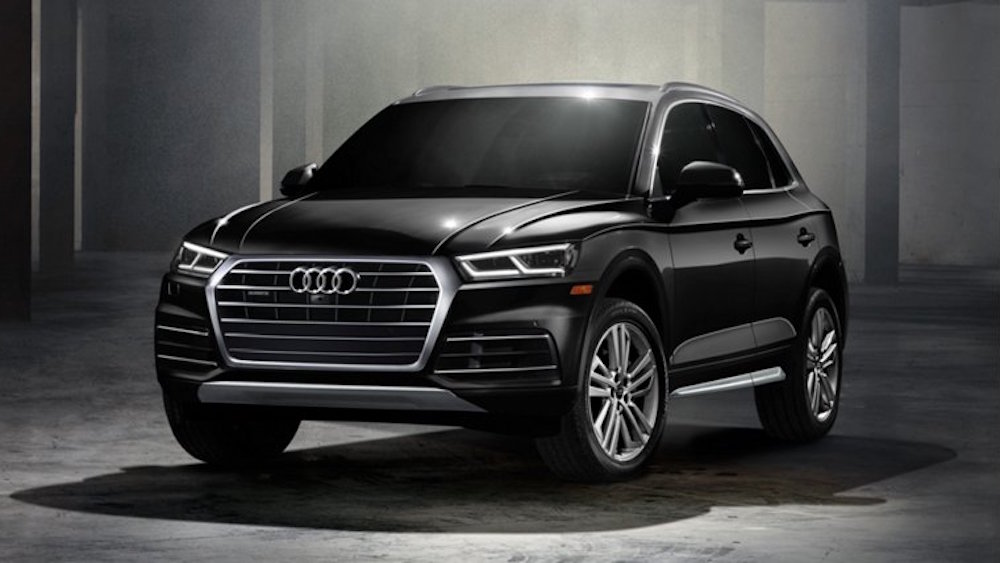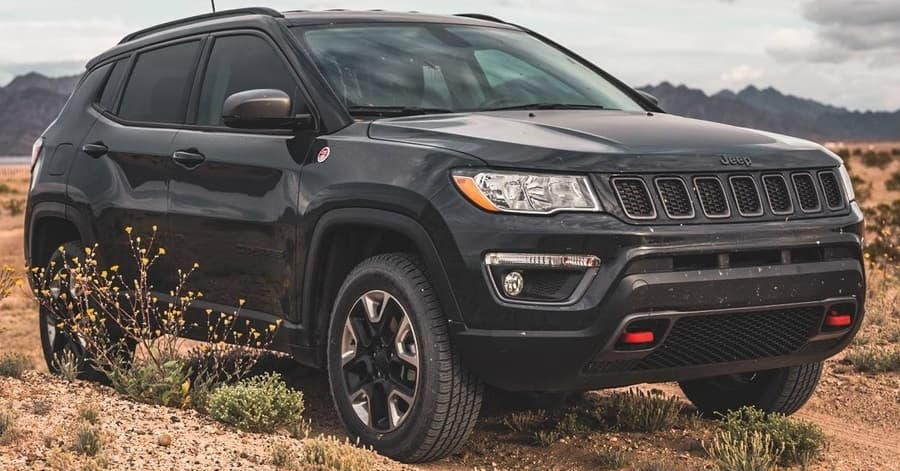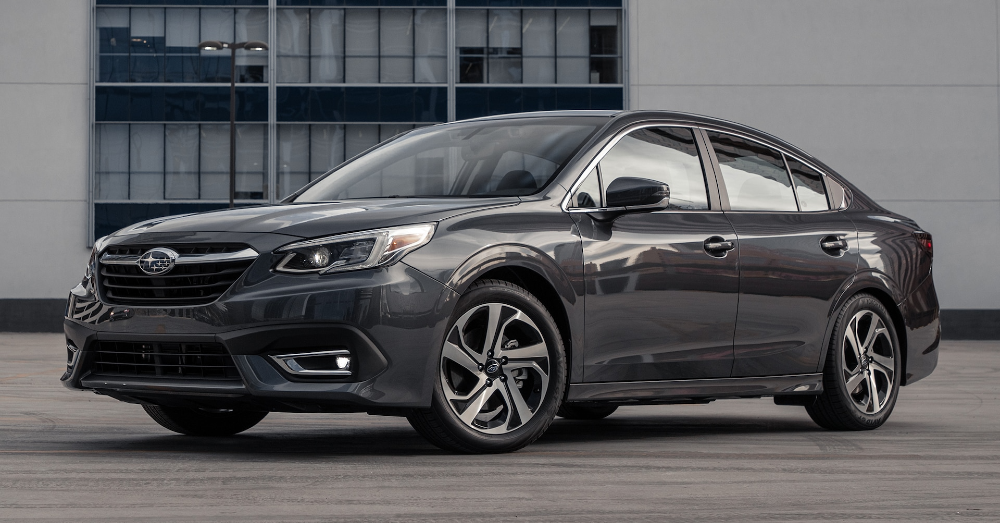When we first saw an automaker put a lid on the bed of a truck and add more seats in the back the vehicle was called and SUV. This term is still used today, but we have moved away from a market that’s filled with massive body on frame vehicles to have an amazing number of SUVs that are built on the same platform as the cars we see on the roads. These are called crossover SUVs, but there seems to be some confusion about what the differences are between an SUV and a Crossover Utility Vehicle (CUV).
Here are some differences you can find between these two:
Ride Quality –If we stick to using SUV and CUV as the terms to define these two, the platforms used offer differences in the ride that you’ll experience when you head out on the road for a drive. An SUV will feel and drive like a truck while the CUV will be more similar to a car because of the unibody construction used to create a CUV for the drive.
Practicality –CUVs are far more practical for the drive on the roads than the larger and more cumbersome SUV. With the number of smaller and more active CUV models being built each and every year, these vehicles are ready to take up no more space in the parking lot than the car that shares thesame platform with these vehicles.
Off-Road Driving –Whether it’sfor fun in the outdoors, or you’re faced with some foul weather that will require you to face a challenge, the SUV models are built to handle this type of driving the right way. Many times, the CUV models we see barely have an AWD offering while SUVs typically give you at least one 4WD setting or multiple choices for 4WD if you choose the Jeep Wrangler.
Weight –The weight to the size ratio of the SUV is greater than that of a CUV. Because of the weight and the way they are built, SUV models have a limited ability to maneuver on the road and move around more like a truck while a CUV will give you the driving performance and lightweight feel that you associate with the cars that share the same platform.
Efficiency –As a result of the heavier weight, SUV models aren’t nearly as fuel efficient as CUV models. This seems to be a simple transitive property of the platforms used and the size of the vehicles that we drive. This is one reason more families have been turning to the CUV models more often over the years to drive the Ford Escape or Honda CR-V.
Getting Away from the Definition
Even though it’s been easy to define the difference between these two types of vehicles that occupy a similar space in the market, automakers have chosen to make it more difficult to define these differences. Many automakers are working on lightweight, modular architectures for several different vehicle types from the compact hatchbacks to CUV models. One example of this is Volkswagen with the same platform being used from the Golf up to the Atlas which is an SUV because of the sheer size it offers.
Another way these automakers are changing the definition is by going in the other direction as well. TheFord Explorer is a model that’s easily been considered an SUV for many years, but it uses the same platform as the old Ford Taurus to be a large CUV by the definition we’ve already used. With very few body on frame SUV models left in the market, the termSUV has been used for anything that gives you a higher riding position on the road. Knowing this, it seems the lines are still, and will continue to be, blurred between what an SUV and a CUV are.
This post may contain affiliate links. Meaning a commission is given should you decide to make a purchase through these links, at no cost to you. All products shown are researched and tested to give an accurate review for you.




